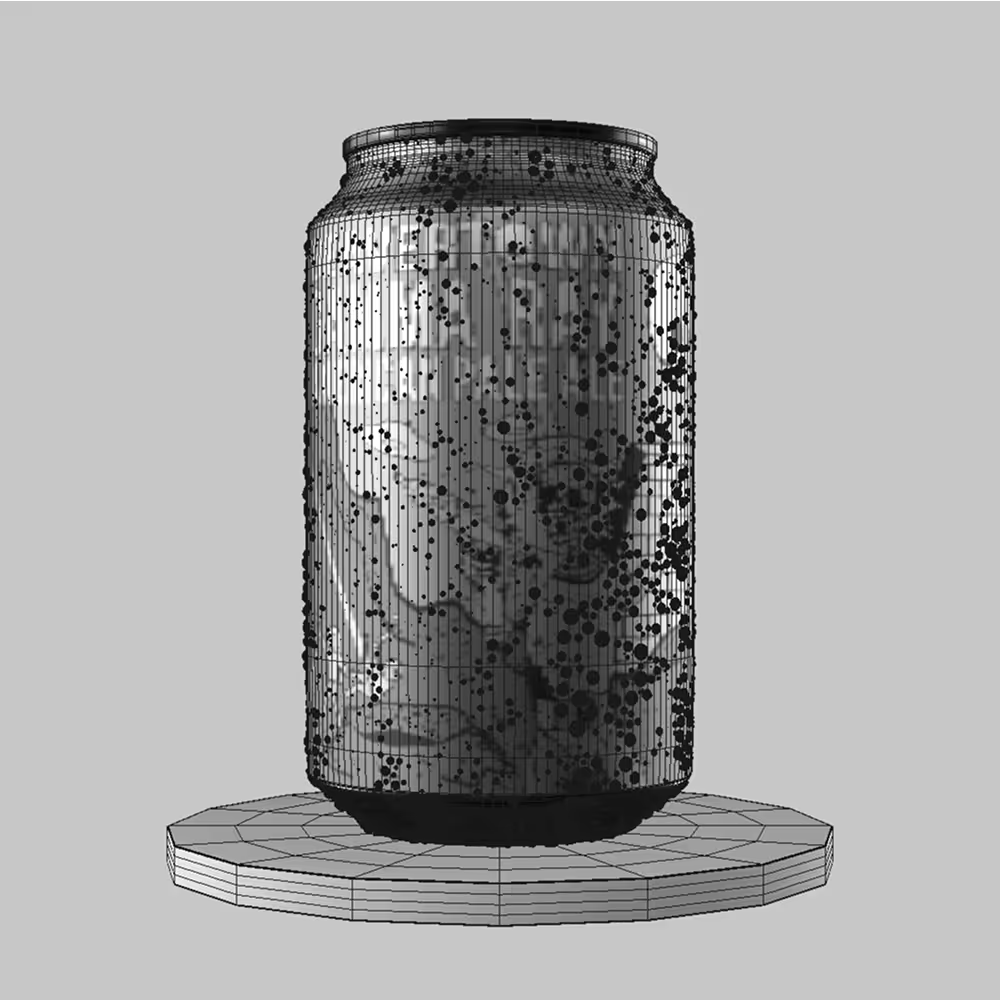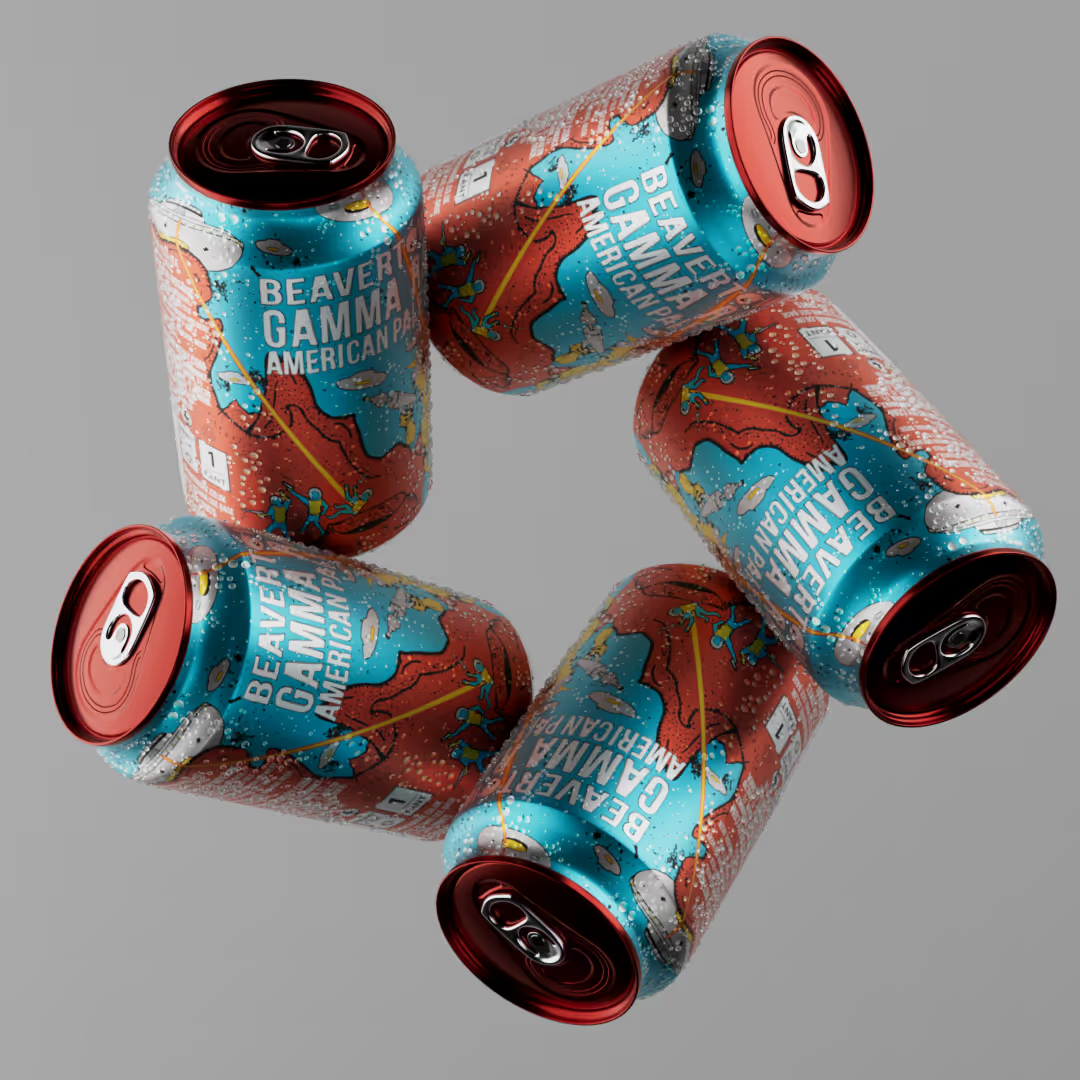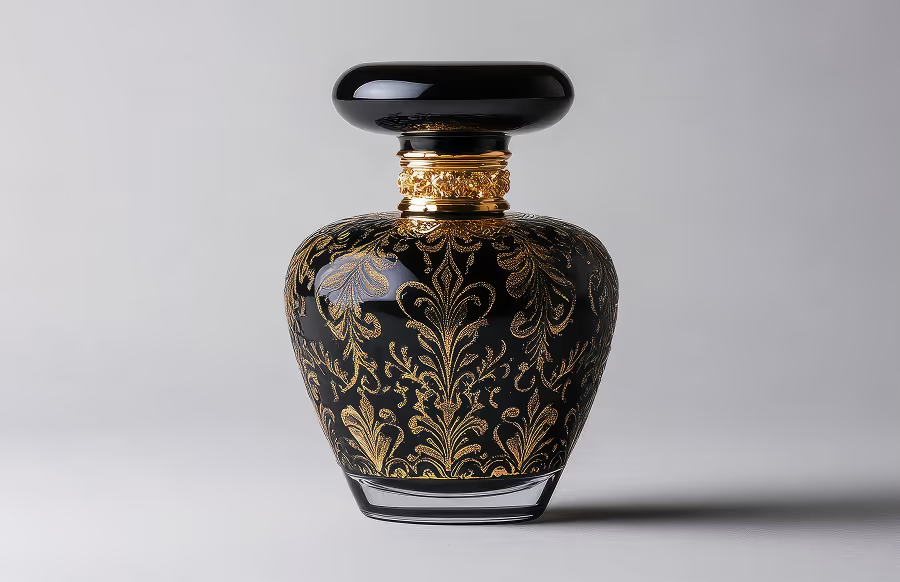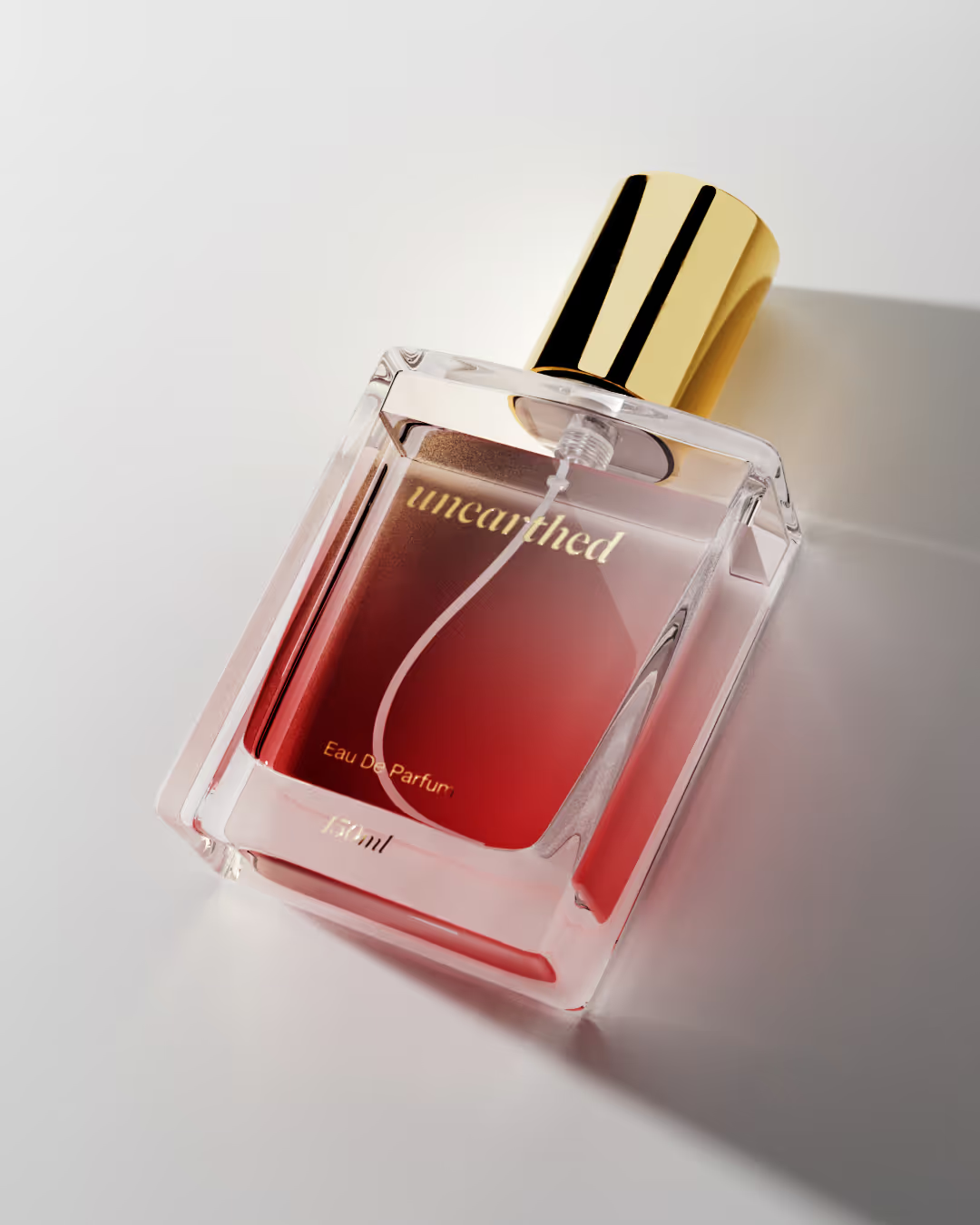How 3D Product Visualisation Increases Conversion Rates on eCommerce Stores
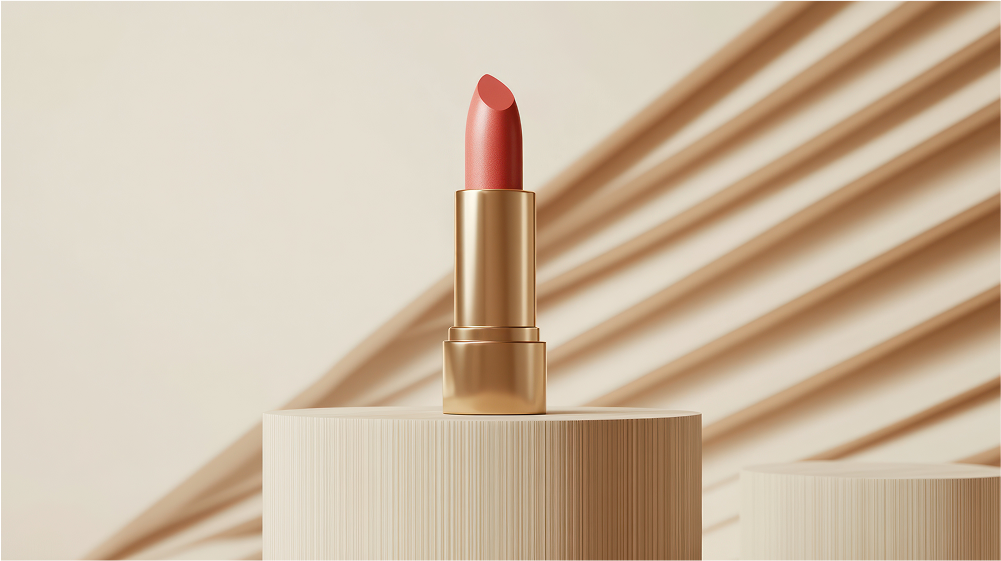
You’ve optimised your copy, nailed your ad targeting, and A/B‑tested your funnels, yet conversion rates plateau. Sound familiar? For many FMCG brands, the missing lever isn’t price or promo. It’s the quality and consistency of product visuals.
Photorealistic CGI (computer‑generated imagery) is no longer just a design trend. On Shopify and Amazon, it’s proving to be a measurable conversion driver for packaged goods, from beverages to supplements.
This article explains how 3D eCommerce visuals move the needle, what evidence we have so far, and where to deploy CGI for maximum ROI. If you’re a growth or marketing director juggling SKUs, channels and deadlines, this guide is for you.
1. First Impressions and Click‑Through Behaviour
Every shopper's journey starts with a thumbnail. Internal Amazon research (2024) indicates that main‑image clarity accounts for up to 30 % of click‑through-rate variance in crowded categories like supplements. CGI’s pixel‑perfect edges and controlled lighting ensure the pack is readable even on a six‑inch screen.
Key takeaway: Better clarity in the search grid equals more PDP visits - your first conversion hurdle.
2. PDP Confidence and “Add to Cart” Lift
Shopify brands using consistent 3D packshots often report a 5–12 % uplift in add‑to‑cart rates when moving from mixed, shadowy photography to aligned CGI. Why?
- Trust: A uniform set of angles signals operational rigour.
- Detail: Users can zoom without pixelation, reading milligram numbers and certifications.
- Variant clarity: Flavour colours, label differences and size indicators are easy to scan.
3. Fewer Returns, Lower CX Burden
For FMCG, returns aren’t as high as apparel, but they carry hidden costs: destroyed product, refund processing, negative reviews. A study by NielsenIQ found that clearer packaging visuals reduce “product not as described” returns by up to 20 % in categories like ready‑to‑drink (RTD) beverages.
CGI excels here: label claims, allergen info, nutritional panels - all rendered at tack‑sharp displays. No surprises when the parcel arrives.
4. Variant Expansion Without Visual Debt
Launching a new flavour used to mean a new photoshoot. Not anymore. Once your base model exists, CGI lets you:
- Swap label artwork in minutes.
- Generate colour‑accurate packshots for all retailers.
- Maintain identical lighting, angle and aspect ratio.
For a beverage brand we benchmarked, time‑to‑launch for variant visuals dropped from 12 days to under 48 hours - keeping paid media in sync with product availability.
5. Interactive Elements and Engagement Metrics
360° product views and short looping animations don’t just look slick; they extend dwell time. Shopify’s own CRO survey (2023) reported average dwell‑time increases of 28 % on pages featuring interactive 3D assets. Longer dwell often correlates with higher conversion and stronger relevance scores in paid channels.
Tip: Keep spins lightweight (<2 MB GLB or USDZ) to preserve Core Web Vitals.
6. Cross‑Channel Consistency Drives Media Efficiency
A launch might touch: Amazon, DTC site, TikTok Shop, Meta ads. When every asset originates from the same CGI master file, campaign spend isn’t diluted by inconsistent imagery. Creative fatigue decreases; frequency builds brand memory faster.
A meta‑analysis of five Unearth3D client campaigns showed ROAS uplift of 15–18 % when static and motion assets used unified CGI compared with mixed imagery.
7. Real‑World Case Snapshot
Brand: Functional beverage startup (UK)
Challenge: Launch three seasonal flavours on Shopify + Amazon in six weeks.
Solution: CGI base model + label swaps + 360° spins.
Results:
- PDP add‑to‑cart ↑ 9.4 %
- Amazon search click‑through ↑ 14 %
- Customer‑support tickets ↓ 22 %
Implementation Checklist for FMCG Growth Leads
- Audit visual inconsistencies across SKUs, channels, resolutions.
- Prioritise hero SKU modelling to test uplift before rolling out full range.
- Define variant workflow (label swap, colourway, size) - clarify internal lead times.
- Optimise asset specs in-line with Amazon and Shopify’s guidance.
- A/B test CGI vs photo packshots on a high‑traffic PDP for 2 weeks.
Caveats and Balanced View
- Human emotion still needs humans. Lifestyle storytelling with real people can elevate brand warmth - use CGI for packs, photos for context.
- Complex materials, like foamy pours or translucent gels, sometimes still photograph better.
Initial modelling fees can be a hurdle; amortise by planning future variants.
Closing Thought: Visual Clarity Converts
For FMCG brands, especially those juggling Shopify and Amazon, CGI isn’t about looking futuristic. It’s about clarity. Clarity builds trust. Trust prompts conversion.
If your pack doesn’t require human handling on camera, 3D product visualisation is often the faster, cheaper, more consistent path to revenue growth.
Ready to tackle your own PDPs? Let’s map out a pilot project.
